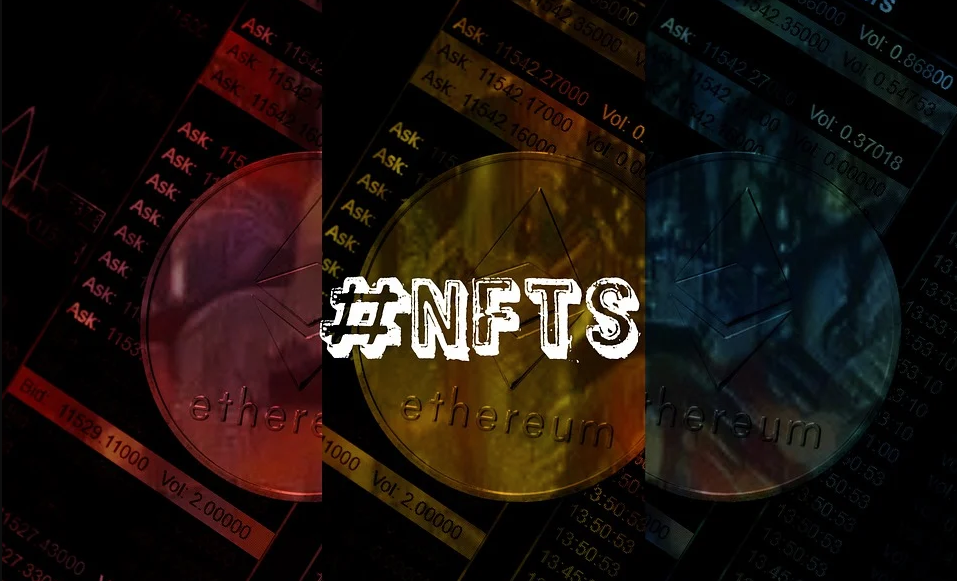NFTs, or non-fungible tokens, are the most recent cryptocurrency craze to hit the mainstream. NFTs have unexpectedly captivated the world’s attention after Christie’s auction house sold the first-ever NFT artwork — a collage of pictures by digital artist Beeple — for a whopping $69.3 million. So, what exactly are NFTs? NFTs, in their most basic form, convert digital works of art and other valuables into one-of-a-kind, verifiable assets that are simple to trade on the blockchain.
Brief Overview
The non-fungible token market, as we all know, has taken the globe by storm this year. Retail and institutional investors have increased their presence in the space, and you have most likely profited from it. Despite the fact that some detractors still perceive it as nothing more than a bubble in which Gen Z’ers continually find jpegs to sell for profit, it is becoming apparent by the minute that NFTs are here to stay— for the precise reasons that have come to light.
As NFTs ascend to the top of the viable assets class, it’s more important than ever to remember why they’re so valuable. This short article outlines three reasons why NFTs could be long-term investments.
Ownership
Given how NFTs make use of blockchain’s features, it’s easy to see why millennials and Gen Z’ers are interested. The world desires a world without middlemen and central authorities. More individuals are looking into DAOs, which use a proof-of-stake methodology to build community-based ownership.
In the creative business, NFTs introduce a new paradigm. Whatever you’re into digital artists, musicians, writers, memers, doodlers, etc. You can now own your belongings and sell them straight to others.
The possession of an NFT does not automatically confer copyright or intellectual property rights to the digital asset it represents. While someone may sell an NFT representing their work, when the ownership of the NFT is changed, the buyer does not always obtain copyright powers, allowing the original owner to manufacture new NFTs of the same work.
But ownership is the reason why NFT becomes a long-term asset and is worth the investment.
GameFi
Users lose their entire money and savings in their purchases in the case of conventional games. NFTs, on the other hand, exists outside of any single gaming platform and are stored on the blockchain. As a result, independent of what happens to the game, in-game purchases can be bought and sold, and new games can be developed to work with an existing blockchain system.
Furthermore, because each NFT establishes a permanent record upon the issue, blockchain-enabled game assets cannot be replicated or tampered with.
The online gaming industry has always been massive, and NFTs have the ability to completely transform it. Gamers can make a lot of money from their default purchases thanks to NFTs. In a shared economy, gamers will be able to trade game accouterments such as clothing, weapons, and even special powers.
Gamers might be enticed to collect and exchange uncommon treasures on NFT marketplaces if game makers allow it. The same tokens may be usable in many games created by the same firm.
Greater Visibility Of NFTs
Any industry’s success is dependent on visibility, and NFTs have done well in this regard for obvious reasons. Creating ecosystems is a crucial one that is sometimes overlooked. NFTs bring creatives together, creating opportunities for collaboration, and creating strong markets around creatives and their fans.
Anyone with an internet connection can upload their work to the internet, sell it, or collaborate with other creatives to create more valuable items. Creators sell at reasonable pricing, and purchasers can pay in a variety of tokens, resulting in a flexible buyer-seller relationship.
By addressing current problems and modernizing the traditional inventory visibility process at the supplier’s end, NFT hopes to provide significant benefits. Fashion firms can provide exact tracking of goods from inventory to distribution channels by adopting NFT. This is accomplished through the use of ‘Smart Contracts,’ which handle changeable products by capturing and exchanging information in a decentralized manner.
Not only does this method make it easier to track the origin of items, but it also makes it easier to track their inputs.
Conclusion
Although there are differing viewpoints on NFTs, their emergence is not. More individuals will learn that NFTs are not a flip-model industry that only benefits the lucky as the globe rapidly evolves toward digitization. NFTs honor both creators and collectors.
Although there is still much to be done in terms of regulations and climate issues, it is not difficult to see long-term solutions as we move forward. If anything, the current demands being met by NFTs are merely harbingers of other fields being positively impacted. Thankfully, AirNFTs make it simple for everyone to board the NFT train.
For less than $1, you can tokenize your creative efforts.



